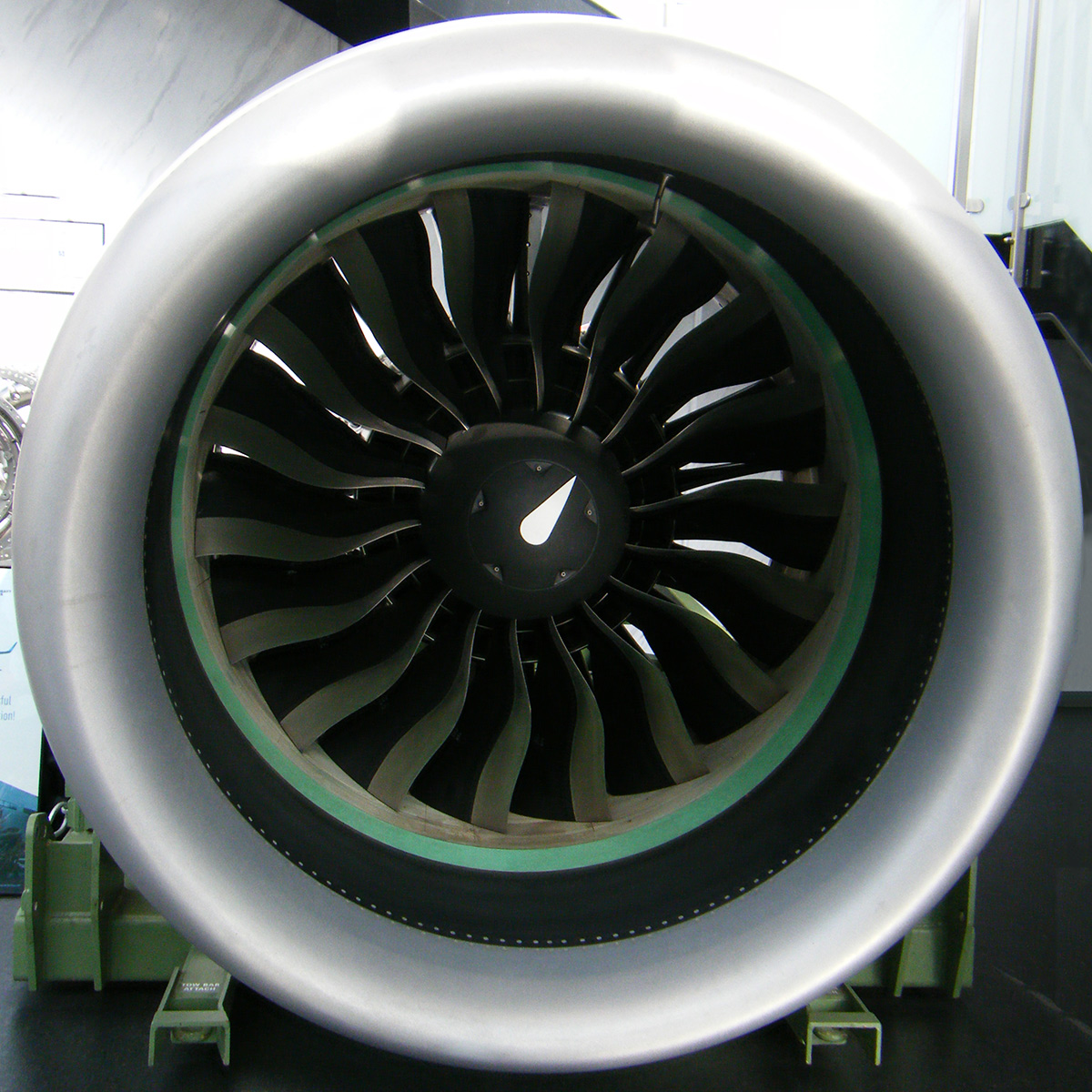Aviation’s ascent: MHI’s aero-engine business powers into a sustainable future

People want to fly. They want to travel, explore and connect and modern air travel is simply the most efficient – and often the only practical – way to do so.
The numbers bear this out: in 2024, global air traffic, measured in Revenue Passenger Kilometers (RPK), grew more than 10% year-over-year, exceeding the pre-pandemic peak of 2019. So far this year, RPKs are up 5%, with international flights 7% higher and Asian airlines reporting an increase of almost 10%.
Clearly, the strong relationship between RPK growth and global GDP growth continues to hold, with the former expanding several percentage points faster every year. The COVID-19 pandemic that challenged our industry so brutally a few years ago, now looks like a blip. This gives us confidence in our prognosis that the market for aero engines, our particular business line, is set to double over the next two decades.
We believe this will remain the case despite growing pressure on the aviation sector, which is responsible for around 3% of global greenhouse gas emissions, to decarbonize. Some critics are even calling for an outright reduction in air travel to reduce emissions, such as the Swedish-inspired ‘flygskam’ or ‘flight shame’ movement. The reality, though, is that the most effective way to reduce emissions is for a profitable industry to continue to invest in increasing efficiency as well as into low-carbon technology.
Already, the introduction of geared turbofan engines™, high-pressure ratio core engines and very high-bypass ratio engines has significantly improved fuel efficiency, leading to a double-digit reduction in fuel consumption with each new generation of engines. The next step is to blend sustainable aviation fuel (SAF), produced from used cooking oil and biowaste, with traditional kerosene to power today’s engines. And longer term, the industry is working on electric and hydrogen-fueled propulsion systems, though these will be limited to smaller, short-haul aircraft – at least initially.

Grounded in partnerships
Our task at Mitsubishi Heavy Industries Aero Engines, Ltd. (MHIAEL) is to contribute to the aviation sector’s growth and sustainability by helping to design and build the most advanced and efficient engines possible. In a business that requires a lot of upfront investment and R&D and then faces operational risks over the many years that an engine flies, the only way to succeed is in partnership.
That is why MHIAEL is much more than a supplier. We are either a risk and revenue sharing partner (RRSP) or an outright joint venture (JV) partner in all of the engine programs in which we participate. In the case of Pratt & Whitney’s PW1100G-JM engine series, which powers the Airbus A320neo family – the world’s most popular narrowbody aircraft – we are part of a JV that includes five companies from the US, Germany and Japan.
Our collaboration with Rolls-Royce, which currently stretches over three Trent engine programs for widebody planes, including the Boeing 787 Dreamliner as well as the A330neo and A350XWB, is structured as a series of RRSPs.
Across these programs, revenues and, indeed, risks are shared in proportion to each partner’s share, with Japan’s three ‘Heavies’ – Kawasaki Heavy Industries, IHI and MHIAEL – often accounting for around a one quarter share. In addition, each company designs and builds a part of the engine.
Our focus is on what I like to think of as the ‘heart of the engine’: the combustors and combustion chamber, where fuel is mixed with high-pressure air and ignited to create the high-temperature exhaust gases that drive the turbine. The fact that we are part of MHI Group, the world’s leading manufacturer of large-scale gas turbines for power stations, is key to our ability to design and build these critical components. And we collaborate actively with colleagues at MHI’s Research & Innovation Center to ensure we retain our technological edge.
A factory on autopilot
Another strength is the heavy investment at MHIAEL’s main locations in Nagoya and Nagasaki, into both component production and our maintenance, repair and overhaul (MRO) facilities – ensuring the highest standards and, hence, smooth approval from the world’s key aviation regulators.
Our new Nagasaki factory, completed five years ago, where we make the combustion chambers for the PW1100G-JM, is probably the most modern in the entire MHI Group. The 280-meter-long building is filled with machine tools – from high-speed lasers to high-pressure water jets – that can drill a thousand holes into the nickel alloy of a combustor with speed and precision. Each of the more than 50 machines is set up with the correct drill heads and parts by mobile robots that travel up and down the hall on rails.
The human supervisors, meanwhile, use their cellphones to monitor a machine’s operational status, how much of the monthly production target has been achieved and the day’s electricity consumption. They can check real-time raw material prices, order new supplies once the current stock drops below a certain weight, or chat about the most recent race result of their colleague Ryota Kondo, one of Japan’s top marathon runners.

We will continue to invest in and expand our facilities to support the growth we expect MHIAEL to achieve. Our confidence in the future is based not only on the underlying market expansion I have already discussed, but also on the fact that the newer engine programs we are part of – such as the PW1100G-JM – are only now starting to generate spare parts and maintenance revenue. This is the most profitable element of such a program and since such programs can extend for 40 years, our MRO business is set for steady growth.
A third reason to be optimistic is that we have won larger work shares on the more recent engine programs and, based on our technological and service track record, we expect that trend to continue. As people continue to fly more and more, MHIAEL is set to take off alongside them.
![]()
Read more about Mitsubishi Heavy Industries Aero Engines





